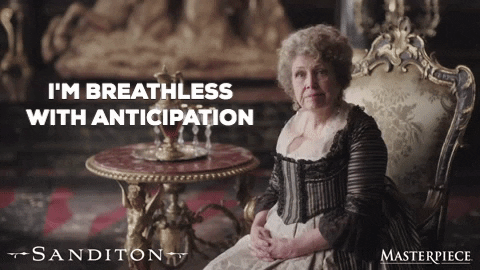Are you someone who is into designing and creating artworks? Are you aiming to pursue a Bachelor/Master’s degree in Architecture? If yes, you have landed on the right page!
There is no doubt that Architecture is a highly beneficial and rewarding profession. Trust me when I say that you are never going to get bored of the creative pursuit of Designing, sketching, rendering, and a lot more as a Master’s degree in Architecture allows you to continuously embrace your creativity. At the Master’s level, you will get to expand your knowledge in architecture by learning new theories, techniques, practices, and research-led projects.

It is crucial to understand that at any institution which offers an architecture degree programme, providing a portfolio is essential in the selection process at both Bachelor and Master’s levels.
What is a portfolio and why is it Important?

Just like how your statement of purpose plays an important role while applying to colleges and universities, your portfolio plays a significant role when you want to get admitted into your dream Architecture course.
A Portfolio is a document that explains your skills, interests, academic achievements, aspirations, designs, and creative works. Your professional interest will be established in the portfolio, making it easier to identify you as a potential graduate. A well-written portfolio will justify why you are a good candidate and will stand as a deciding factor to get your professional dreams fulfilled.
Never overlook the importance of a portfolio because this is a testament to validate every single step you take in your educational journey. A portfolio is a tool used to communicate your creativity. As an entry-level applicant, your portfolio should express your artistic abilities and why you deserve to pursue an architecture programme.
What to include in a Portfolio?

The examples of works mentioned in the portfolio will demonstrate your ability to design and craft a creative workpiece. It tells a story about your talents, personality, and how much you are interested in studying architecture. Develop a portfolio that communicates your designing skill sets and remember to include the below-mentioned elements that form the basis of a good portfolio.
|
Master’s Level degree portfolio elements |
Bachelor's degree portfolio elements |
|
Your name and contact details |
Your name and contact details |
|
Table of contents |
Table of contents |
|
A professional description of yourself |
A professional description of yourself |
|
Pencil sketches/ Sketchbook |
Pencil sketches/ Sketchbook |
|
Graphic representations |
Graphic representations |
|
Painting and abstract artworks |
Painting and abstract artworks |
|
Mapping drawings |
Mapping drawings |
|
Photographs of physical models or Craft |
Photographs of physical models or Craft |
|
Measured drawings ( such as mapping & plans) |
Measured drawings ( such as mapping & plans) |
|
Photographic designs |
Photographic designs |
|
Creative writing |
Creative writing |
|
Design projects (Academic/Personal/Professional) |
Design projects (if any) |
Do’s & Dont’s
None of us would want a portfolio to look disjointed. Follow the do’ and don'ts given below to make a coherent portfolio.
|
Do’s |
Dont’s |
|
Produce original content to enhance the quality. |
Don’t include plagiarized content at any cost. |
|
Just be true to yourself when you write it. |
Don’t exaggerate anything that is not true. |
|
Include photos that represent your professional interest. |
Don’t include your selfies or selfies of a group of friends or family. |
|
Keep your portfolio short and straight to the point. |
Don’t include mediocre works to make it longer. |
|
Include descriptions to explain a project or work sample. |
Don’t load your portfolio with just pictures. |
Now, attention to all architecture students - we are collaborating with the University of Tasmania as part of our Study This or That - World Tour to discuss what it takes to build a professional portfolio. In this workshop, Helen Norrie, the honorable lecturer from the University of Tasmania will be joining us to discuss what it takes to build an Architecture Portfolio. Norrie teaches Bachelor of Environmental Design & M.Arch and she will be sharing her insights on the Importance of a portfolio, and the Dos and Don'ts to follow while making a portfolio.

You wouldn’t want to miss this great opportunity, click here to register and join us!




